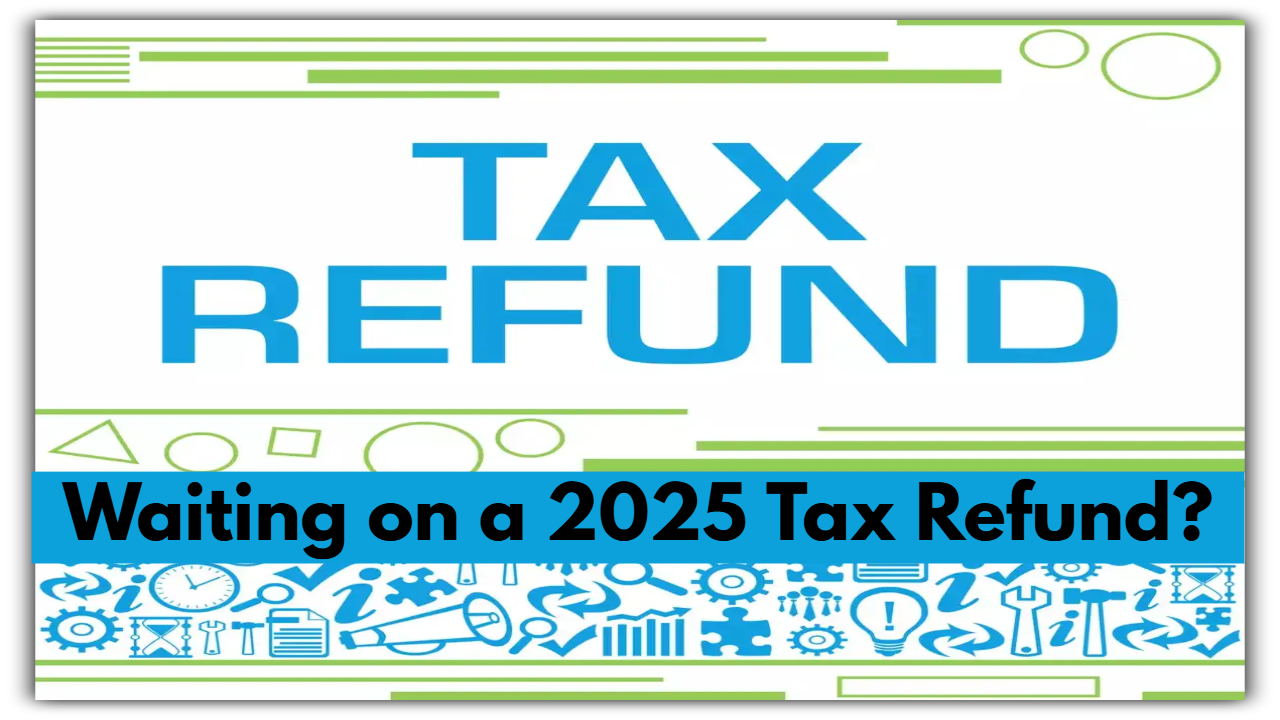Waiting on a 2025 Tax Refund? This Is the Timeline You Need to Know
So, you filed for a tax extension this year. Totally fine — life happens, and sometimes April just sneaks up on us. But now you’re wondering, “Okay, when will I actually get my refund?”
Here’s a simple breakdown of what to expect if you filed late, or still plan to file by the extension deadline.
First, the Basics: What’s the Deadline?
When you file a tax extension, it gives you extra time to file your return, not more time to pay any taxes you might owe. This year, the extension deadline is October 15, 2025. As long as you file by then, you’re good.
And yes — if you’re due a refund, the IRS will still send it. You’re just getting it later than folks who filed earlier in the year.
Alright, So When Will the Refund Actually Show Up?
That depends on how you file and how you’re getting paid — either through direct deposit or a paper check. Here’s what the timeline generally looks like:
1. Filed Online + Getting Direct Deposit
This is the fastest option.
-
The IRS usually sends your refund within 3 weeks (21 days) after they accept your return.
-
If you file right on October 15, you’ll likely see your refund in early November.
-
File earlier than that? You’ll get it sooner.
2. Filed Online + Getting a Paper Check
Still pretty quick, but add some time for the mail.
-
You’re looking at about 4 weeks from the time your return is accepted.
-
So if you file on October 15, expect your check by mid-to-late November, depending on mail delays.
3. Mailed in Your Return + Chose Direct Deposit
Going the old-school route? It takes a bit longer.
-
The IRS will need time to receive and process your paper return, which can take a few weeks.
-
Then add a couple more weeks for them to send your refund via direct deposit.
-
Overall, you’re looking at 5–6 weeks, give or take.
4. Mailed in Your Return + Waiting for a Paper Check
This is the slowest option. If you’re not in a rush, it works. But expect delays.
-
In total, it can take 6 to 8 weeks from when the IRS gets your return.
-
So if you’re mailing your return in October, you may not see your refund until late November or even December.
You Can Track It, Thankfully
If you’re anxious (because who isn’t when money’s on the way?), the IRS has a handy tool called Where’s My Refund?. It updates daily and tells you:
-
If your return was received
-
If your refund has been approved
-
When you should expect it
You’ll need your Social Security number, filing status, and exact refund amount to check.
One Big Change Coming in 2025: Say Goodbye to Paper Checks
Heads up — starting September 30, 2025, the U.S. Treasury will stop sending out paper checks for federal tax refunds. That means after that date, if you’re still expecting a refund, you’ll need to use direct deposit or another electronic method.
If you’re still receiving your tax refund by check, now’s a good time to switch. It’s quicker, safer, and pretty soon it’ll be the only option.



Comments are closed, but trackbacks and pingbacks are open.